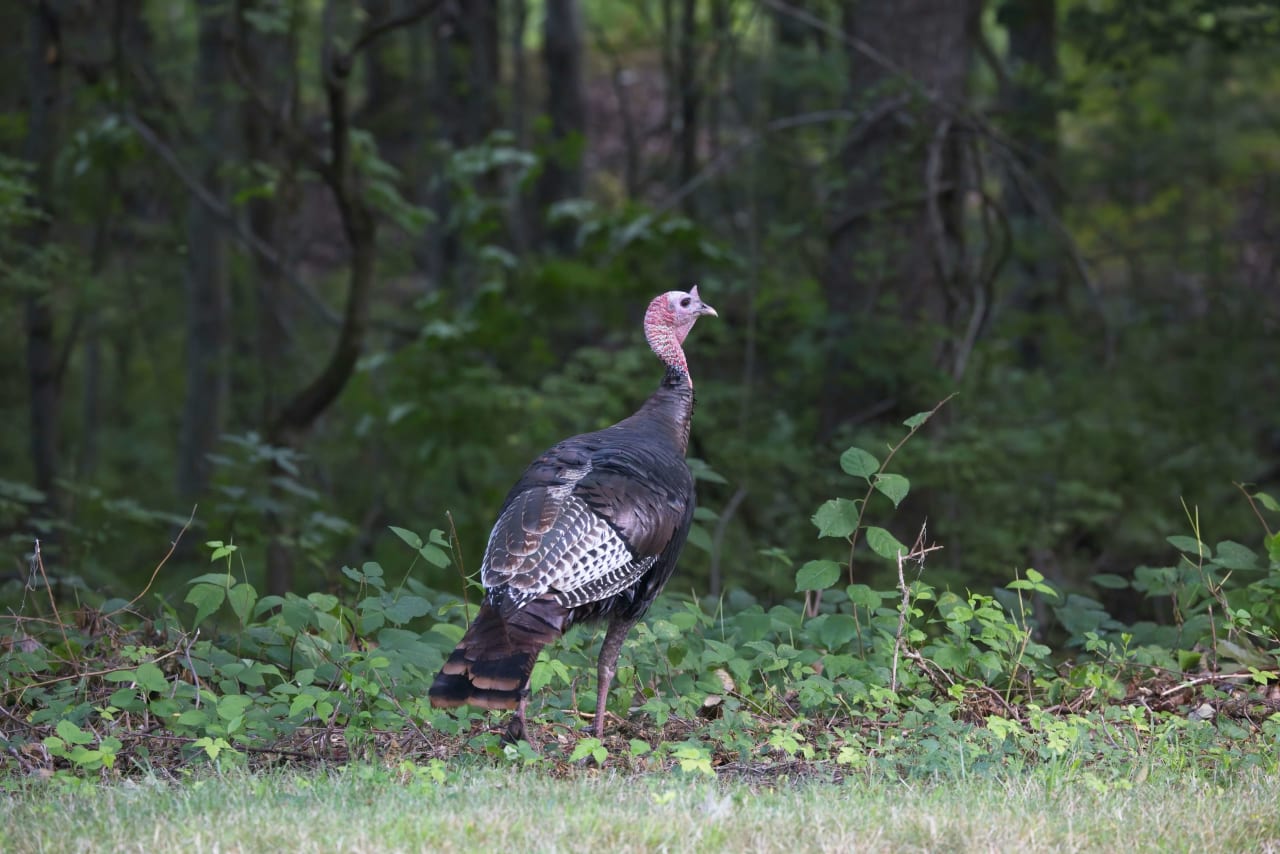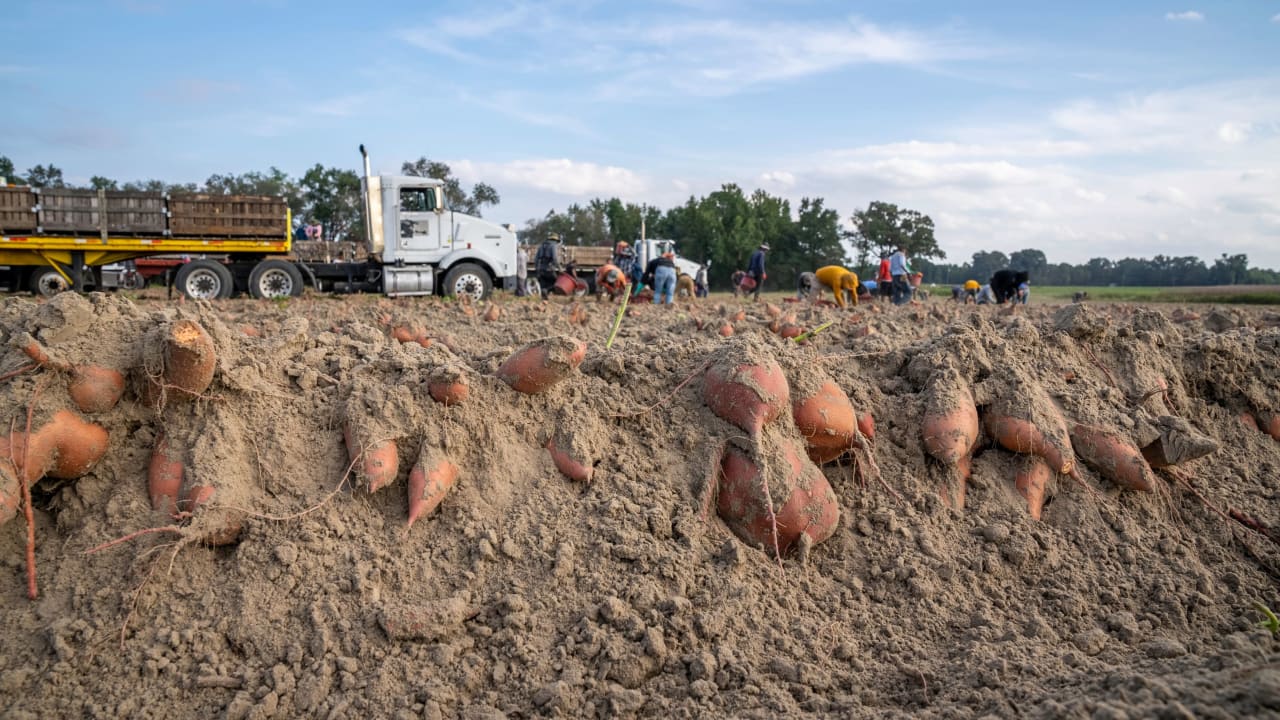Farm Bill 2023: Up for Renewal
For many of us not involved in the farming and livestock industry, the term Farm Bill might sound like a set of policies that don’t pertain to us, or at least don’t have any direct bearing on our lives. However, given the fact that we all eat, we all think about how food is grown or raised, and we certainly all think about the prices we pay at the grocery store, Bill does touch our lives in multiple ways, as consumers.
What is the Farm Bill?
The Farm Bill – legislation that is reviewed every five years by Congress – deals with national agricultural issues. It not only covers programs concerning agriculture and the natural resources that go into growing crops, but it has grown to establish policy in the areas of forestry, crop insurance, and rural development, and in the broader areas of conservation and nutrition.
Some of the more interesting of the 12 chapters, or ‘titles,’ of the Farm Bill are these:
- Title 1 – Commodities covers income support and pricing guidance for farmers who grow non-perishable crops such as soybeans, wheat, rice, and corn. Dairy products are included in this Title as well.
- Title 2 – Conservation. This title has to do with the programs about farmers’ conservation efforts.
- Title 4 – Nutrition covers the Supplemental Nutrition Assistance Program, or SNAP (once known as food stamps) as well as several additional programs geared toward low-income Americans.
- Title 9 – Energy. The Energy Title governs the growing and processing of crops for biofuel and helps farmers and ranchers who participate in renewable energy systems.
- Title 10 – Horticulture. This Title is all about funding research and infrastructure for growers of agricultural and horticultural crops, including organic farming and certification.
- Title 11 – Crop Insurance. This Title benefits both farmers and private crop insurance companies by providing them subsidies to protect against losses in yield or crop revenue.
- Title 12 – Miscellaneous. This comprehensive Title covers areas of advocacy in a variety of areas including livestock health, agricultural labor safety, veteran farmers, and socially disadvantaged farmers.
Several areas of agricultural policy fall outside the guidelines of the Farm Bill since they come under the jurisdiction of other committees in Congress, including the Clean Water Act and Clean Air Act, irrigation water rights, farm and food workers’ rights, renewable fuels standards, and some pesticide laws.
History of the Farm Bill
The history of the Farm Bill is an interesting one. In the early 1900s, following years of farming prosperity after WWI and crop prices plummeting over the next decade, Congress passed various laws to regulate crop prices, but those efforts were futile as the US President at the time – President Coolidge – vetoed them. Once the Depression hit in 1929, during which crop prices fell to less than a third of what they had been, President Roosevelt’s New Deal program was established to help farmers out. And in 1938, Congress passed legislation that the program would be renewed automatically every five years.
As Americans suffered from real hunger and malnourishment during this period, the food stamp program was also created, which ended up helping over 20 million Americans. 20 years later, under President Kennedy, the 1964 Food Stamp Act was passed and became a permanent program.
The 2018 Farm Bill
At the outset, the Farm Bill of 2018 was estimated to cost around $428 billion over its five-year period. While 75% of the funding was designated to nutrition programs, there are three additional major entitlement programs – commodity, crop insurance, and conservation – as well as another 1% covering programs that are vital for some such as the Farming Opportunities Training and Outreach (FOTO) program, the Organic Agriculture Research and Extension Initiative (OREI), the Specialty Crop Blog Grant Program (SCBGP) and the Local Agriculture Market Program (LAMP).
How the Process of “Reauthorization” Works
The process of reviewing legislation and putting new programs into effect every five years is called ‘reauthorization.’ At the start, each committee – House or Senate – drafts its version of the new Bill, followed by debates, amendments, and votes within each Chamber. The two Bills are then combined in a process involving leaders from each committee, and then each Chamber votes on the Final Bill. Once the President applies his signature, it becomes law.
The next step, of course, is allocating funds for all the various programs covered by the Farm Bill. Entitlement programs receive a guaranteed amount of money each year – SNAP, LAMP, etc. – but other programs are funded on a discretionary basis, which means the amount going toward each area differs from year to year based on the decisions of the Appropriations Committee.
Highlights of the 2023 Farm Bill
These days, farmers are facing serious issues such as shortages, supply chain bottlenecks, and a series of severe weather events that have had a true effect on their incomes.
Some of the areas which are of particular interest in the passage of the 2023 Farm Bill will include these pivotal topics:
- Commodity Program – Some of the reference prices for major commodities – important in that they trigger payments to farmers – are outdated. Some propose that reference prices would be based on a margin basis or breakeven point rather than gross revenue.
- The Conservation Reserve Program is suppering from low enrollment as high food prices and supply chain interruptions are stealing the spotlight. Potential solutions include new cost-sharing programs designed to help farmers implement these practices and assist in funding the costs of transition.
- Agricultural research is underfunded in certain areas including climate change, food security and safety, and mechanization. A greater focus on these issues will mean additional funds for training and support to grow research opportunities at the farm level.
- Rural infrastructure – high-speed broadband or Wi-Fi connectivity is crucial to farmers and ranchers as it allows automation and efficiency. To resolve this issue, a 2021 infrastructure package may be used as a vehicle to fund these Farm Bill initiatives.
- The controversial area of food distribution and affordability – one side wanting cuts to the programs while the other seeks to beef them up – will be considered under the Food Systems Transformation Framework, but long-term impacts and solutions will likely take some time.











